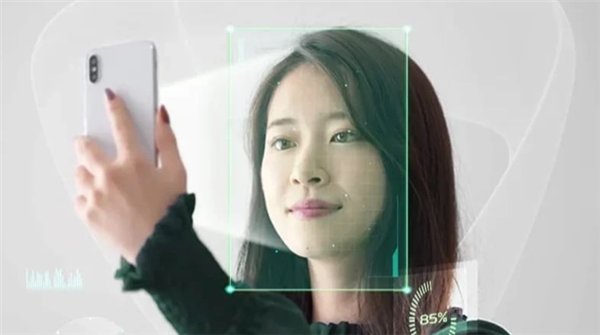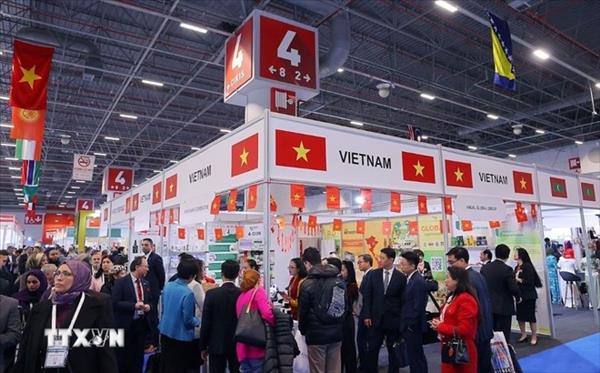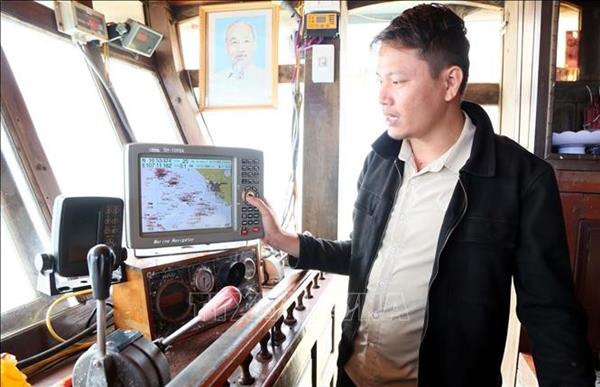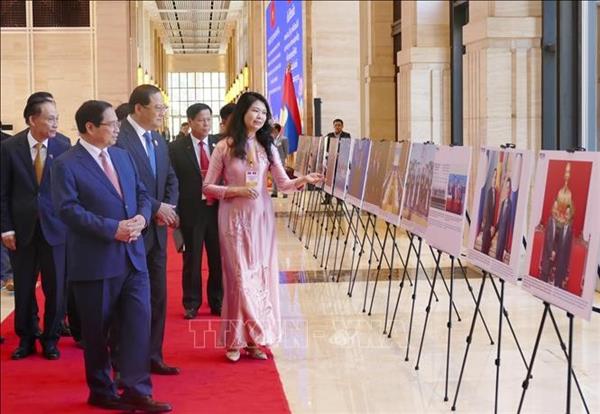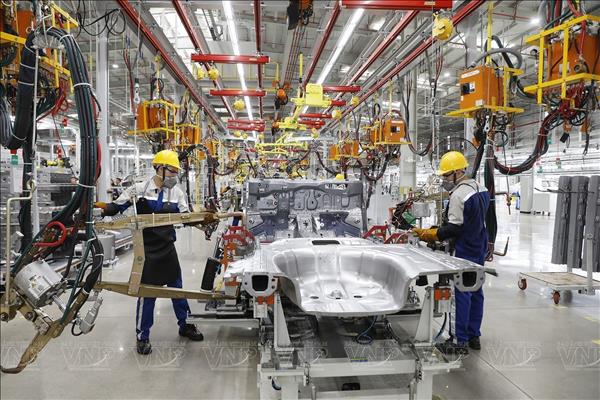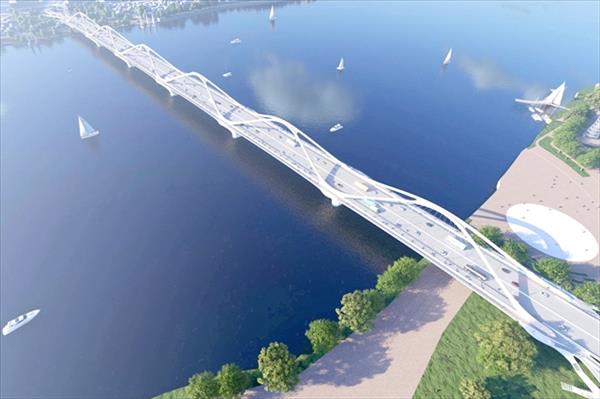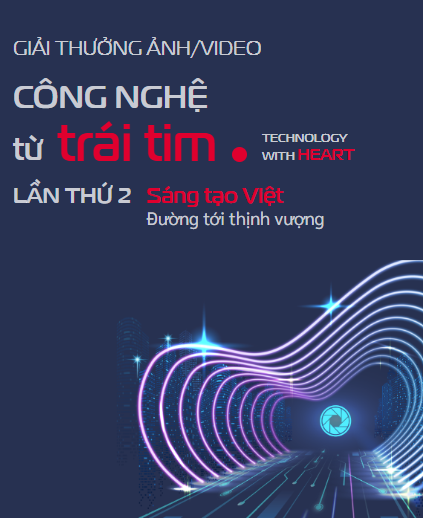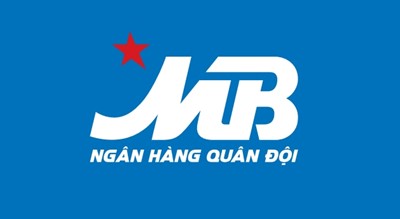In Hanoi, tourist attractions like the Thang Long - Hanoi Heritage Conservation Centre, the Vietnam National Fine Arts Museum, the National Museum of History, and the Hoa Lo prison historical relic site have organised many online exhibitions, and put in place e-ticket systems.
In Ho Chi Minh City, the 3D technology has been optimised to provide information and promote tourism, notably the smart interactive tourism map with virtual travel assistants at destinations.
Other localities such as Quang Ninh, Da Nang, and Ninh Binh have also stepped up the use of artificial intelligence (AI), 360-degree virtual reality technology (VR 360), and QR payment.
Many major seminars and discussions on smart tourism have been organised to raise the awareness of relevant agencies, departments, and sectors of smart tourism, and seek solutions to boost the segment.
Despite positive changes, experts, however, have expressed their concern over obstacles to smart tourism as most of the Vietnamese travel firms are small- and medium-sized, unable to invest much in technology due to their limited capital.
Online travel companies with international brands are dominating the domestic market. Meanwhile, only about 10 Vietnamese businesses are offering online services. Apart from the fierce competition, domestic firms are facing a host of difficulties like inharmonious information technology infrastructure, and the lack of experience and personnel.
Under the Ministry of Culture, Sports and Tourism's project "Application of Industry 4.0’s technology to develop smart tourism, spreading tourism to become a key economic sector", Vietnam is striving to complete the smart tourism ecosystem to meet the increasing demand of the market.
The project is set to address shortcomings and create momentum for the country’s tourism to speed up and contribute to national modernisation./.


